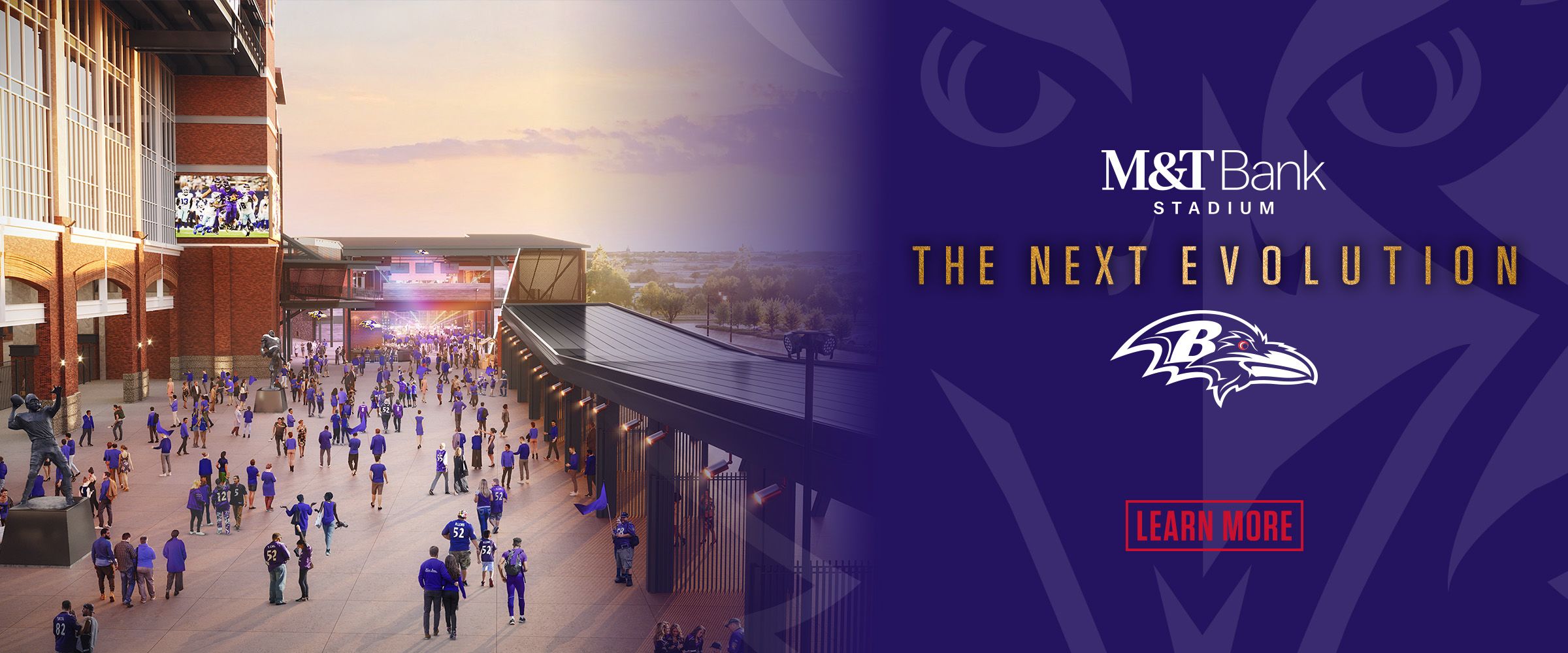As Ravens players walked one-by-one past the casket of 14-year-old African American Emmett Till, stopping to peer inside at a gruesome photo reminder of our nation's violent history, they acted as if they were transported back to his funeral in 1955.
Hands were clasped in front of their waist. Silence was interrupted only by an occasional sniffle.
The Ravens became the NFL's first team to visit the National Museum of African American History and Culture in Washington, D.C., and it was clear that their visit will have a lasting effect.
"We're here because we should be here," Head Coach John Harbaugh said.
"It paints a picture that, right now, where we're at in our country, it's a story that we need to understand. Our guys need to understand it because they're on the front lines and they have a chance to influence people."
The Ravens got back to Baltimore after their final preseason game in New Orleans at about 4 a.m. Eleven hours later, the entire team loaded onto three busses in Owings Mills that drove to the museum.
The team was scheduled to tour the museum for two hours, but players and coaches lingered for so long reading, watching and learning that security guards were left shuffling them out the door.
Opened last September, the museum has nearly 37,000 artifacts, documents, photographs and other media. It dives into subjects such as community, family, literature, music, politics, religion, segregation and slavery.
The Ravens dove into the early roots of slavery in America before moving through segregation and finishing with African Americans' impact on sports.
"I think it's been an amazing experience to see these guys see themselves in the museum, to see history in a new light," said Sports Curator Damion Thomas, who gave the Ravens their tour. "I think it's been a very important and significant moment. The guys were into it."
Thomas had personally guided Ravens linebacker Terrell Suggs and his family around the museum last fall. Ravens tight end Benjamin Watson had also previously visited with his wife, whose grandfather, Isaac Greggs, is honored at the museum for his work as a famous Southern University band director.
Watson acted almost like a second tour guide, talking to his teammates about different exhibits and hearing their reactions. A team leader, Watson has written a book, "Under Our Skin," about race in America and has been vocal on the subject.
"When it comes to our identities, and ourselves as young black men specifically, it's good to understand our roots," Watson said. "We have a lot to be proud of; a lot of that gets washed away sometimes. And it's also important for our white and other counterparts to see some of this that they maybe haven't been taught either. The great thing about this museum is it's all in one place."
The museum begins with a jackhammer to the emotions.
At one point, Harbaugh stopped to read about an African American mother who had her 2-year-old child ripped from her arms as she was sold into slavery.
"I just wanted to cry," he said. "In the beginning, when you learn where we've come from, it's just sad. It's just sad to see what the roots are of slavery and of the African-American experience. And yet to see where we've come and where we can go is inspiring."
At another exhibit, rookie linebacker Tim Williams shook his head as he gazed upon the white hood of a Ku Klux Klan member from the 1860s. The hate group recently resurfaced during a protest in Charlottesville, Va., which left one woman dead.
"It's just still fresh, because this stuff is actually still going on," he said. "It's impactful."
Under Harbaugh, the Ravens have long been a team that has fostered a greater understanding and appreciation of our country's history. The team went on a field trip to Gettysburg on July 27 and the Pentagon and Arlington National Cemetery on Aug. 21.
Veteran cornerback Brandon Carr, who signed with the Ravens this offseason after nine seasons between the Kansas City Chiefs and Dallas Cowboys, said Baltimore talks more about racial and political issues than his previous teams.
"We have a lot of guys that have opinions, and the head coach invites guys to use their platform to express themselves as long as you do it in a constructive way," Carr said. "Something like this, I think it helps bridge the gap of understanding."
An NFL locker room is truly a melting pot of men of different races, from different parts of the country, with different socio-economic backgrounds and more. They all have to come together to form one team, which is partly why Harbaugh encourages such discourse.
"It's there. We have to talk about it if it's there. If you're not talking about it, how are you going to gain understanding and get to know one another?" Harbaugh said.
"Being here and learning this history has been an incredible experience. It's been a great team-building experience. But more than that, it's been a person-building experience. I'm just glad we had a chance to do it."



















